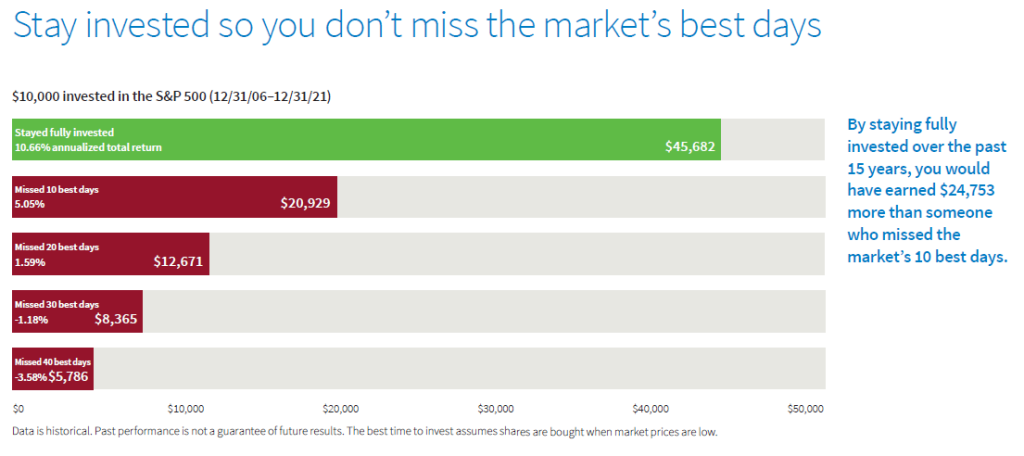A Wall of Worry
Only two months into the new year, 2022 has already been a long year in the stock market. Last week, the S&P 500 index hit correction territory—which means that it is down more than 10%. The Nasdaq, which is primarily made up of tech stocks, is currently down more than 13%. We want you to know, although this may not feel normal, it is, and it is important to put this into perspective after the meteoric rise the market has had since the COVID-19 induced bear market in 2020.
Financial pundits have been blaming the Fed while other talking heads point to the Russia/Ukraine situation. You may have heard the term “climbing a wall of worry.” That’s a typical phrase investment professionals use to describe a period in which markets shouldn’t be climbing, but they do. We’ve experienced this phenomenon over the last decade with few exceptions. We’ve had political uncertainty and new highs. We’ve had international relation issues and new highs. There have been ample reasons not to feel good about the future…and more new highs. Starting in January of this year, the wall climbing seemingly stopped and the market has been descending rather quickly. It never feels good, and clients often ask what they should do. Here’s some things to consider should the markets continue to be volatile:
1. Historically, we average 10% corrections every year or two. A correction is far more likely than a bear market.
2. Assuming a 50-year time horizon, you can expect to live through about 14 bear markets (30% drawdown or more).
3. Half of the S&P 500’s strongest days in the last 20 years occurred during a bear market. Don’t miss out on those.

4. Cash is not king, nor is it paying you anything with interest rates still low. Inflation is currently at 7.5% which means that your hard-earned dollars are losing significant purchasing power.
5. Although past performance does not guarantee future results, in periods of high inflation (>3%), US equity returns have exceeded the inflation rate 76% of the time (Source: HartfordFunds).
6. Market timing can be tricky. Investors have sold near the bottom for fear of losing more money when volatility is highest. Then when it appears to be safe, investors buy near the top for fear of missing the next leg up.

7. It is important to always have ample savings so you don’t have to take from the market when the going gets tough. The average length of a bear market is 289 days. Investing 101 is ensuring you have your short-term needs (12-24 months) covered with cash or low-risk investments
8. During geopolitical crises in the past, the market is positive 66% of the time one month after the flare up and positive 83% of the time after a year.

9. Many of our clients have heard us say this: “Your investments should never dictate your plan. Your plan should dictate your investments.” Unless things have drastically changed for you, staying the course, and doing nothing is typically the best thing you can do.
A client of ours said a great quote a few weeks ago. He said, “the only ones that get hurt riding a rollercoaster are the ones that jump off.” As advisors, we always want to allay fears and encourage clients to remain calm. Through countless geopolitical crises, investors have been rewarded staying invested in diversified, goals-aligned portfolios.
If you have any questions or concerns about your financial plan with us, please reach out.


